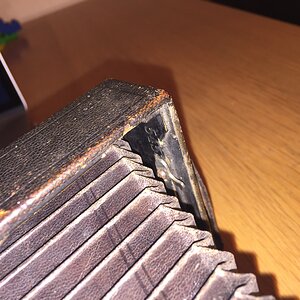Nintendoeats
TPF Noob!
- Joined
- Jan 9, 2018
- Messages
- 72
- Reaction score
- 20
- Can others edit my Photos
- Photos OK to edit
I'd have to do some digging to find the model number, but I remember it's something like a GForce. Monitors are Samsung P2350s.
Laptop is an über-cheapie. Maximum resolution is 1300 or so.
Geforce means Nvidia, right clicking your desktop and going Nvidia Control Panel -> Adjust Desktop Color Settings. Also look at the color settings in "Change Resolution". The settings made within the drivers can potentially be carried over for the monitor even if you switch them around.
Another thing to try is seeing if the colour discrepancy is still there when the computer first boots (I mean the very first screen you see after pressing the power button). If it is then the problem almost certainly cannot be solved with software and the monitor is history.
While the screen on your laptop is only 1366 x 768 (just guessing, but that is the most common display resolution), the processor's integrated graphics chip can probably push higher resolutions if you shut off the built-in screen.


![[No title]](/data/xfmg/thumbnail/39/39288-2d76486ccc9042c6fb525aaaaffff1fb.jpg?1619738957)

![[No title]](/data/xfmg/thumbnail/32/32632-476f3d925401f13cffe1cc2b41945614.jpg?1619735553)
![[No title]](/data/xfmg/thumbnail/38/38262-10a9668da9a2b36a92cddde57caf87bc.jpg?1619738547)
![[No title]](/data/xfmg/thumbnail/38/38261-db20f6f92ee8f0d4c5cf1536e308638b.jpg?1619738546)






